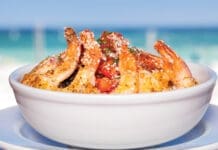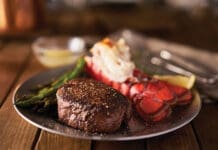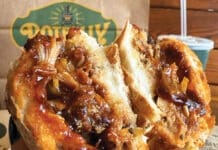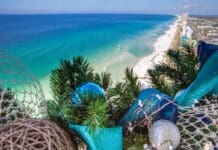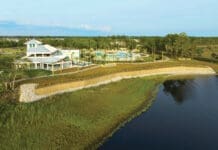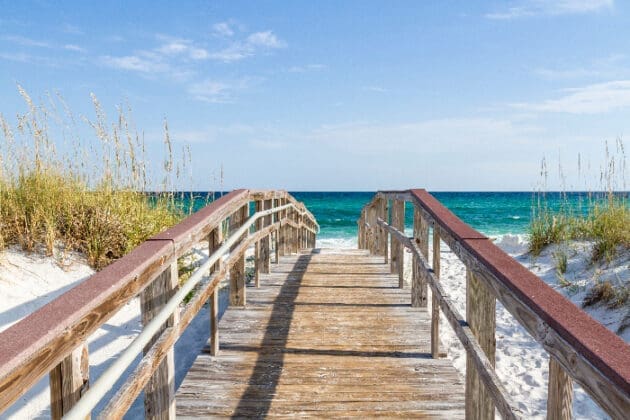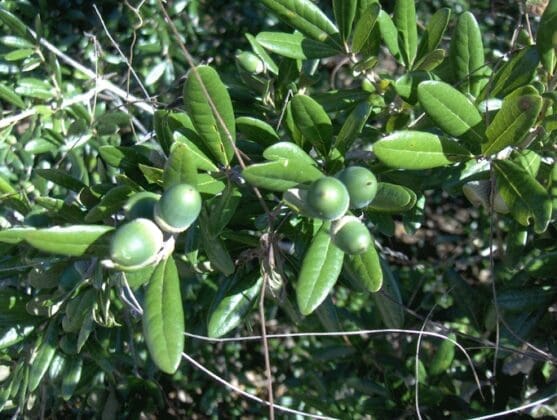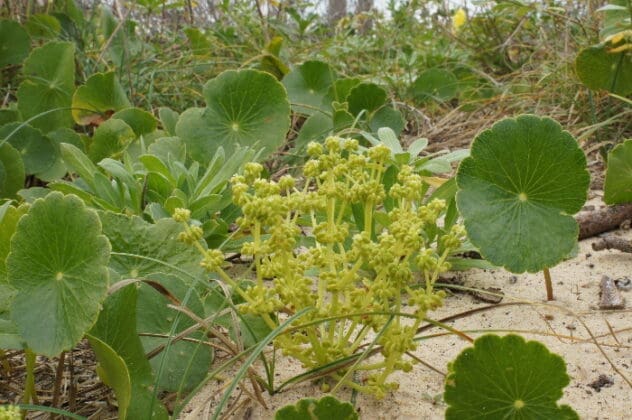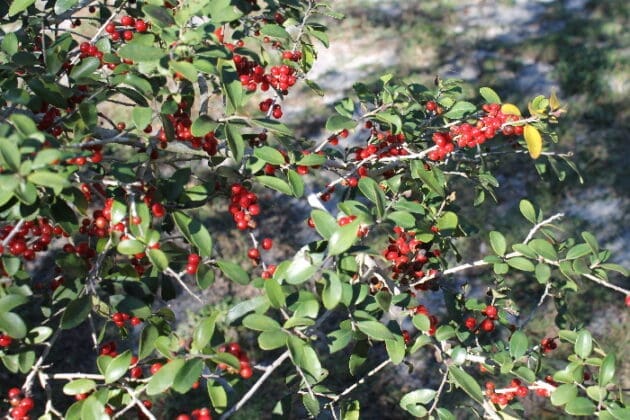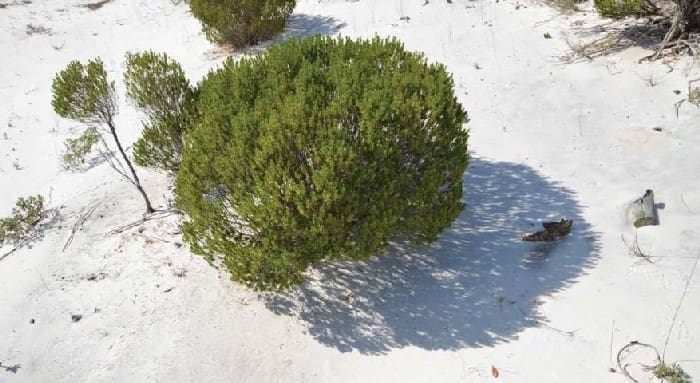By Helen Petre
The Gulf Coast is a high-energy coast with a large quantity of quartz sand deposited in offshore bars. This results in white sand beaches with no vegetation and sandy dunes shoreward of the high tide line. Protection of the dunes is protection of the beach. If the dunes are destroyed, the sand goes away, and there is no beach.
There is a good reason you see signs in the dunes suggesting that humans should not enter. These are seabird breeding and essential plant and animal habitats. Plants maintain the dunes because they have roots that hold the sand in place. There is no nutrition in the sand, but the sea spray brings potassium, calcium, sodium, and magnesium that plants use.
The most obvious tall plants close to the gulf are sea oats (Uniola paniculata). They are wind-pollinated, and the seeds are wind-dispersed, perfect for this location. The roots are long, deep, and colonized by fungi that help the plant to grow. In Florida, sea oats are protected plants. Sea oats are food for red-winged blackbirds and beach mice.
Pennywort (Hydrocotyle bonariensis) is a nonnative plant from South America that naturalized in the early 1900s. The spreading stems root into the sand. Pennywort has little white flowers blooming in summer.
Ilex vomitoria, or yaupon holly, is common in the back dunes where there is more organic matter and shelter from salt spray. Yaupon is dioecious. There are separate male and female plants. The females produce white flowers that attract bees and butterflies and develop into red berries that make excellent wildlife food but are toxic for humans. The leaves of yaupon contain caffeine. Yaupon was used in native American cleansing rituals. People fasted for days, then drank large quantities of yaupon tea, which induced vomiting. Yaupon tea is commercially available. Unless you drink a few gallons after fasting for three days, it is like drinking weak coffee or tea. The leaves are fine. The berries are not.
Rosemary, Ceratiola ericoides, is a fragrant, long-lived shrub of the back dunes. Separate male and female plants form rounded shrubs often growing with Choctawhatchee sand pine (Pinus clausa immuginata) and sand live oak (Quercus geminata). Rosemary is allelopathic. It prevents other plants from growing nearby. Rosemary shrubs can live 50 years, but only if there is no fire. Fire destroys the plant. Seeds germinate after fire, but the plant takes 12 years to flower.
Sand live oak (Quercus geminata) defines the forest behind the back dunes. It is often sculpted by the salt spray and onshore winds, with the leaves and trees facing landward. Sand live oak is not the same majestic tree as live oak (Quercus virginiana) that grows farther inland, although they look similar. Sand live oak is scrubby and forms thickets, although it can grow to 50 feet if there is no fire. Leaves look like inverted bowls and are evergreen. Leaves are replaced in the spring, and the year-old leaves fall when the new ones emerge. A member of the white oak group, the acorns are preferred food for birds, deer, turkey and squirrel because white oak contains less tannin than red oaks. Acorns are usually in pairs. With winter burns, germination increases but trees only grow to 20 or 30 feet.
Helen Petre is a retired USDA biologist and college biology professor. She spends her time volunteering, teaching, and writing science articles to share her interests with future generations.







